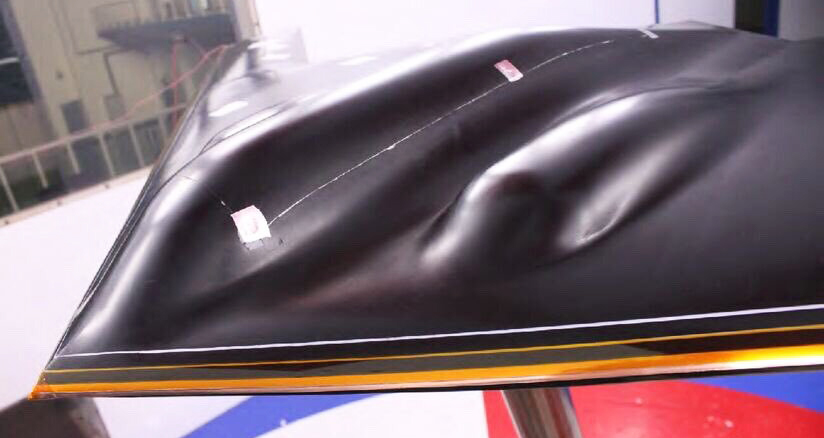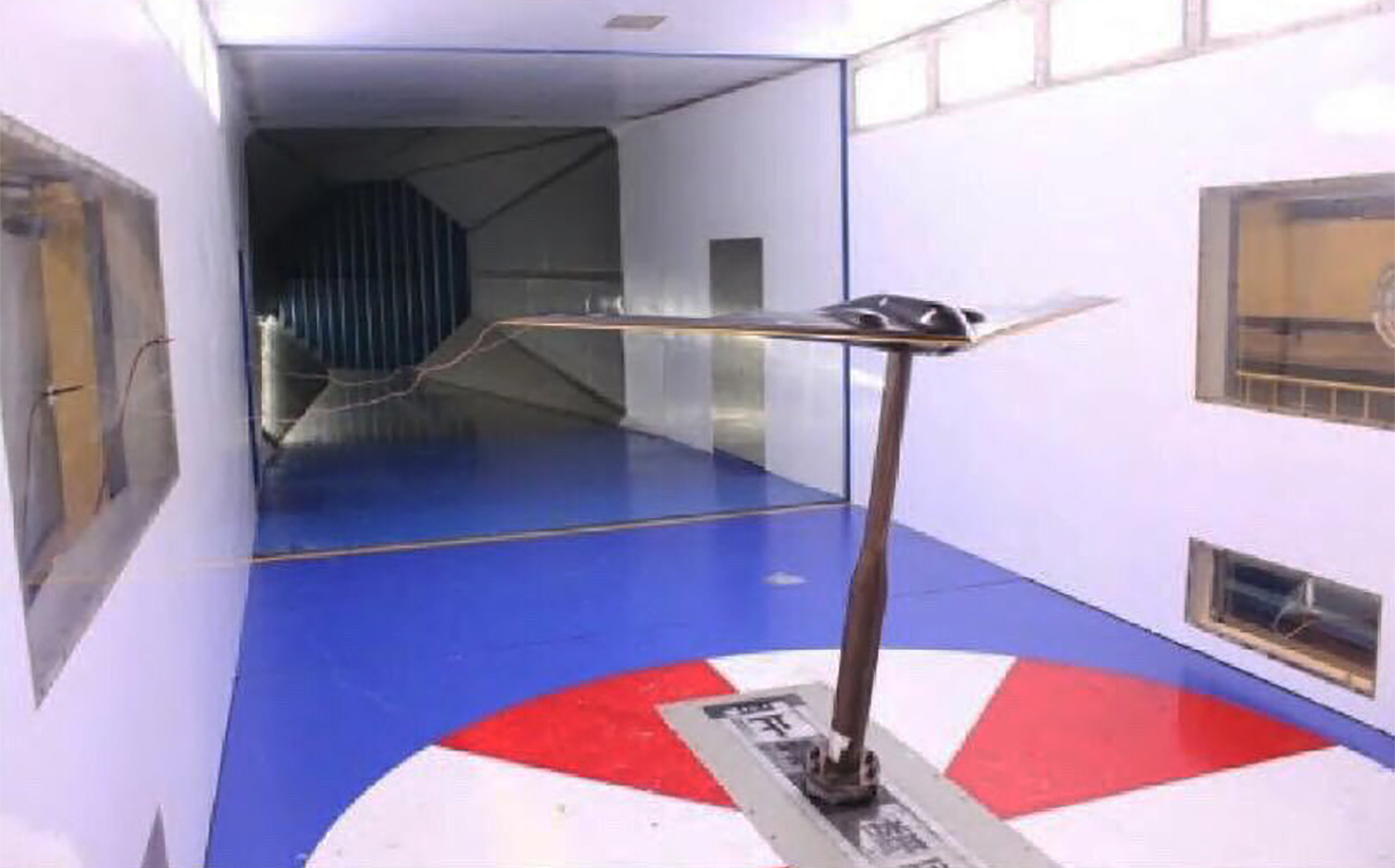Photos that depict a flying wing stealth bomber wind tunnel test article have emerged out of China. What’s immediately most noticeable about the subject in the images is that it directly represents America’s B-2 Spirit stealth bomber. There has been some speculation that this is actually China’s long-awaited H-20 stealth bomber design. While it’s true that China is notorious for knocking off foreign designs through various forms of espionage, that fact doesn’t mean what we are seeing is the H-20, quite the contrary, actually.
The H-20 is one of two stealth bomber designs that are currently in development in China, with the other being a smaller, regional deep-strike platform that likely has additional multi-role capabilities. Of the two, the H-20 is thought to be farthest along in development, with rumors about its imminent first appearance ramping-up in recent years.
The existence of such a capability would represent a giant leap in Chinese aerospace technological know-how. In essence, the People’s Liberation Army Air Force would advance from an updated 60-year-old design based on the Soviet Tu-16 Badger, in the form of its H-6K bomber derivatives, to a stealth flying wing strategic bomber. Once China does unveil its H-20, it will enter an elite club made up of just two nations that have accomplished such a technological feat.

With that being said, just because the photos show a direct copy of the B-2, it doesn’t mean that it represents the H-20 design. By better understanding the world’s only flying wing stealth bomber, China can better inform their own designs. Making a large aircraft like the B-2 controllable over a wide performance envelope is not a small accomplishment. China is deeply invested in unmanned flying-wing designs, but scaling up such a planform drastically presents a number of challenges. So, it makes sense that China would want to better understand everything they can about Northrop’s B-2 not just to apply to the H-20’s design, but also for their own general aeronautical knowledge base for future projects.
This is also true for the B-2’s low observable design features and shaping. Foreign adversaries and friends alike can use what they know about the B-2’s design to make radar cross-section (RCS) test articles in order to gain a better understanding of stealth shaping and what features lend themselves to defeating certain RF bands from certain aspects. This information can also be used to develop sensors to better detect stealthy aircraft, such as the B-2.
In other words, there is aerodynamic and low observable knowledge to gain by testing sub-scale models of adversary designs, both in terms of acquiring technological intellectual property and for building a better idea of how to counter the threat those designs and their unique features pose. In fact, this isn’t the first B-2 wind tunnel model we have seen emerge out of China (see below).
Copying the B-2 exactly to create the H-20 seems a bit odd, even for China, as well. Better low observable capabilities, higher altitude performance, and a simplified empennage design could be had by not including its saw-tooth trailing edge. This was added midway through he B-2’s development at great cost to allow the aircraft to penetrate at low altitudes. You can read all about this design change and how the original B-2 planform design will likely mirror that of the B-21 Raider in this past special feature of ours.

So, while it’s possible that China could have gone with a direct knockoff of the B-2, it isn’t all that probable, and these images don’t prove that either way. What they do prove is that China continues to work to better understand the flying wing concept any way they can and, for all we know, these photos could have been taken yesterday or years ago.
Above all else, they are also a reminder that China wants to keep the world guessing about its future in the stealth aircraft production, as well as the arrival of its first stealth bomber onto the world stage.
Contact the author: Tyler@thedrive.com
